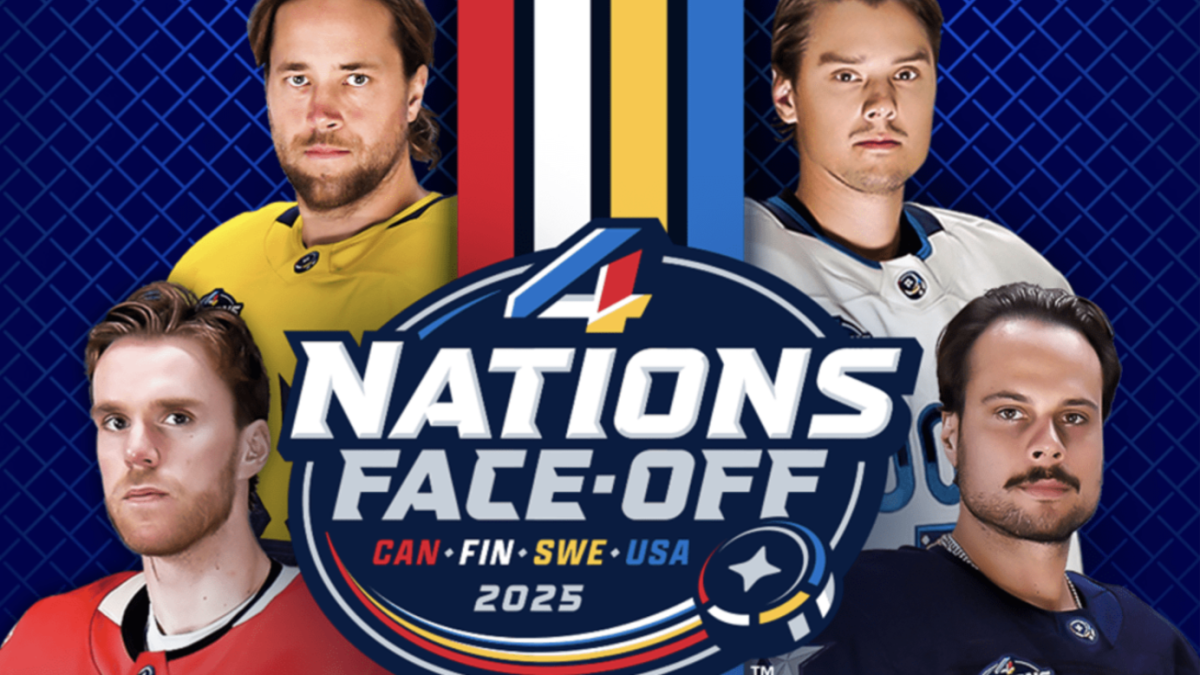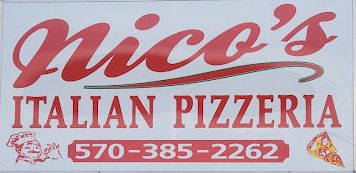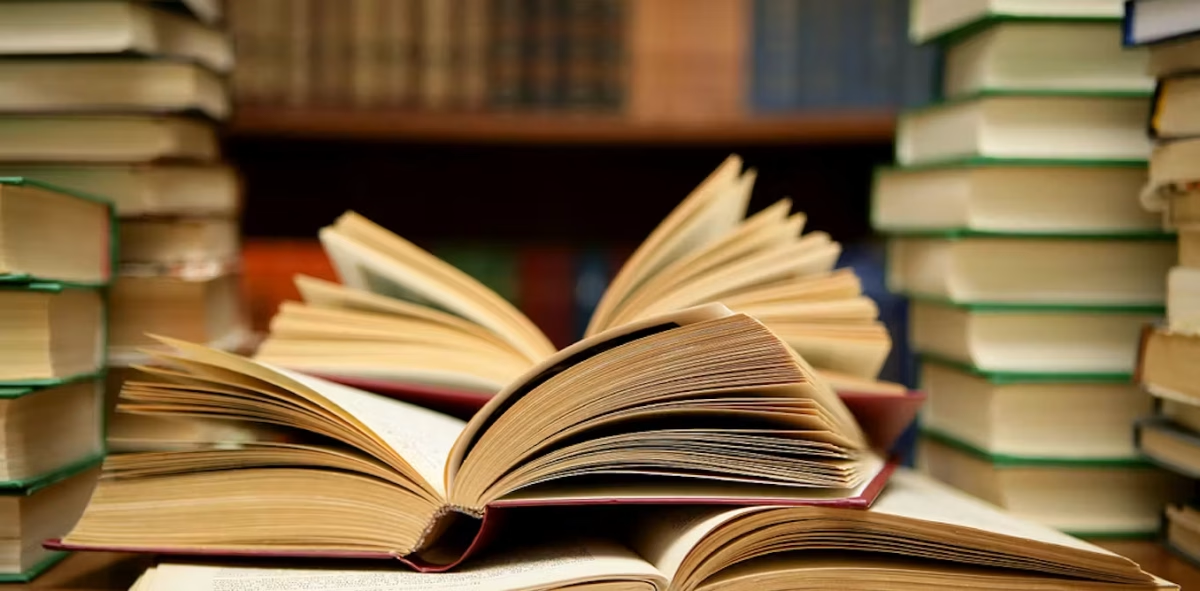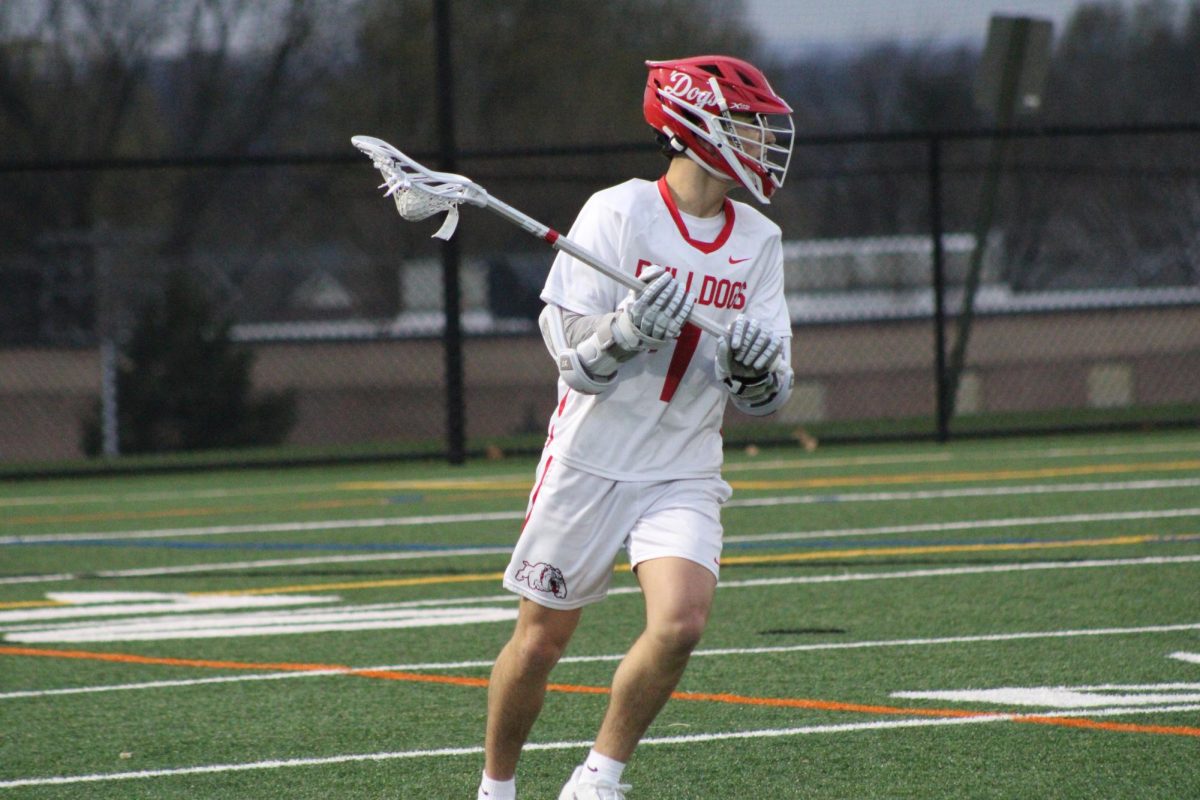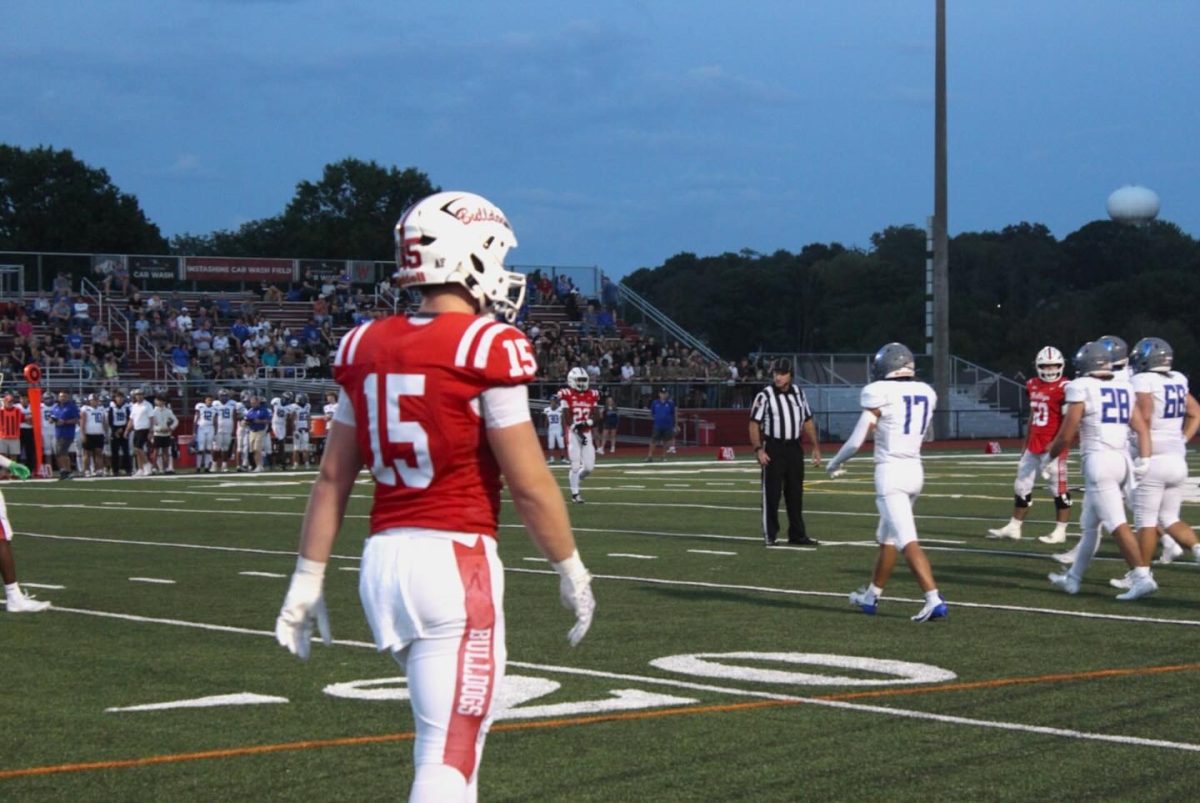It is the year 2023 and alas, the great artificial intelligence revolution has begun. Unfortunately, as with almost any interesting fictional event, the real-life rendition is always much more lackluster and underwhelming. Instead of a SkyNet-esque revolution with robots overthrowing their fleshy, human overlords, companies with millions of dollars are attempting to make low-cost versions of famous actors, voice actors and writers through artificial intelligence. Both the writers and the actors are striking, in part because they fear what will be done with AI technology, and how it will inevitably come back to hurt them. The truth of the matter is, AI is here, and for years, AI has been slowly ingraining itself in how our media is being produced. In 2016, the late actor Peter Cushing was digitally remade to star in Rogue One: A Star Wars Story. For the documentary Roadrunner: A Film About Anthony Bourdain, director Morgan Neville digitally recreated the voice of the late Anthony Bourdain. SAG-AFTRA union negotiator Duncan Crabtree-Ireland claims that producers want to collect the likeness of extras to use in their products without needing to use real actors. As time progresses and this technology evolves, it becomes less about whether or not it can be done, and more about whether or not it should be done. Should dead actors be brought back with AI technology? Is it ethical to recreate dead actors to star in movies and shows?
The issue with AI and media is that the relationship is so complex that it makes it difficult to draw the line. In this sea of confusion, malice, scammers and profit-hungry companies, there are also people who utilize artificial intelligence in a way that benefits people with stepping on ties. Video game designers use a form of AI to make NPCs to further immerse the players in the world they have created. Filmmakers can use AI to edit backgrounds and remove unwanted aspects rather than going through the trouble of editing frames to remove specific objects.
Even in areas not related to the arts, AI is featured prominently. For example, the technology of self-driving cars is AI. Voice assistants like Siri, Alexa, Google Assistant and Bixby are a form of Artificial Intelligence. The problem is, it could be argued that allowing AI to develop and improve would serve to improve human society as a whole, which calls for a distinction between the different types of AI and how they work. For all intents and purposes, generative AI is the average person’s perception of AI – a tool designed to create things based on the data inputted i.e. an art generator creating pictures based on the pictures it has been fed. Generative AI is unique in the sense that it is the only form of AI that attempts to synthesize something new and “original” based on the data it has been given, which raises a host of legal and ethical problems.
In an attempt to “synthesize” new art, generative AI tools like Stable Diffusion or Midjourney scrape the internet for already existing art. Many of these art pieces are copyrighted or watermarked in some form to prevent art theft, but in the process of creating art, the AI incorporates aspects of a specific art piece, which, for many artists, is a cause for concern. The process that the AI uses is largely unmonitored, allowing the user entering the prompts to essentially “rip off” someone else’s art without giving them the proper credits, and many people are willing to take advantage of this oversight. Soon after the great AI boom, popular art hosting site Deviantart created their own AI image generator, automatically opting in all art pieces that had been published on the site to be used to generate AI art. This came with a significant amount of backlash, as many artists did not consent to their art being used for AI. While Deviantart revamped their policy following the backlash, the issue still remains; AI requires thousands of examples of images to be able to create its own work, and many of the artists whose work is being used are not aware, nor have they consented to their art being used by AI. The same applies to music being made through AI, which utilizes the vocals of individuals that have never given their consent to create new pieces of music that almost sound like exact replicas.
Throughout history, artists have always been looked down upon as frivolous individuals, but the development of AI juxtaposes this scenario. Artists are viewed as useless but their art is sought after by the people who lack the skills to replicate it. Consent from the artist isn’t needed because the artists have no value outside of the art they have created. For these AI users, to make a technologically-advanced omelet, you have to break a few eggs, in spite of the backlash.
As society progresses, a certain sect of people have begun to view art as somewhat reductive in favor of a more “advanced” world. These people were quick to hop on the AI bandwagon; why wouldn’t they? AI allows them to create whatever piece of art they want to see (or hear) with the typing of their fingers. They don’t need soul, they don’t need introspection and they don’t need a message. For them, it’s all about how they can draw the most enjoyment out of a work of art. The only thing that matters is consuming. Artists are useless because they have too many things to say about the works they have created, and sometimes they talk about controversial topics. AI allows art without purpose, art specifically made for someone’s enjoyment and no other concepts.
Art is a crucial part of culture. Art is the border between human and beast. Before humans had the concept of writing, they were making art on the walls of caves. The earliest forms of cave art are from the Stone Age, far before the development of any concept that exists today, and the truth is, all pieces of art are inherently part of the soul of the creator. Through art, humans have the ability to become immortal and live beyond our short limited years. In art, there are people who create and people who consume, and for most of human history, both groups have existed in a symbiotic relationship; the artist creates art with meaning, and the critic dives deep into that meaning. AI acts like a disruption to that relationship, taking over the role of artist and turning it into the role of a creator. The critic becomes the consumer, and art becomes strictly for entertainment. Slowly, we become the world of dystopia, blind to how fast the world around us is changing for the worse. At the end of the day, it’s a capitalist’s world, and we’re all just living in it.



